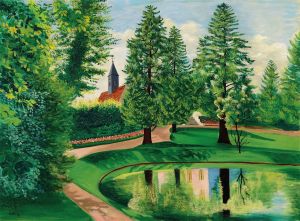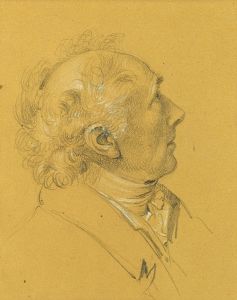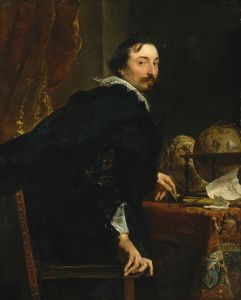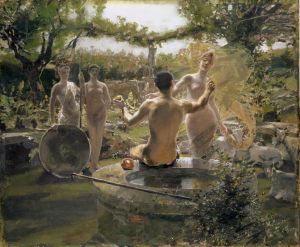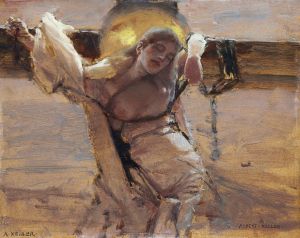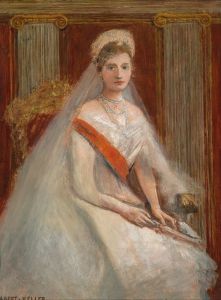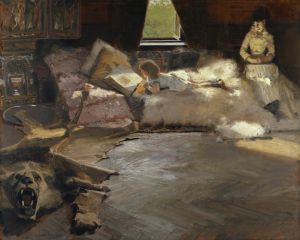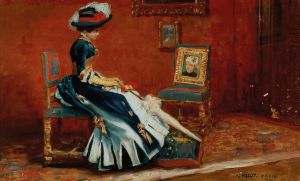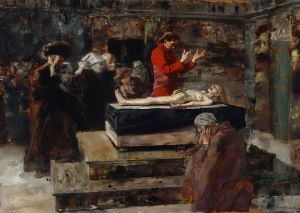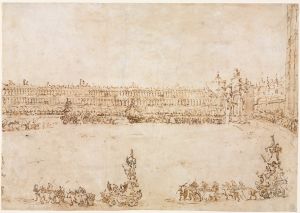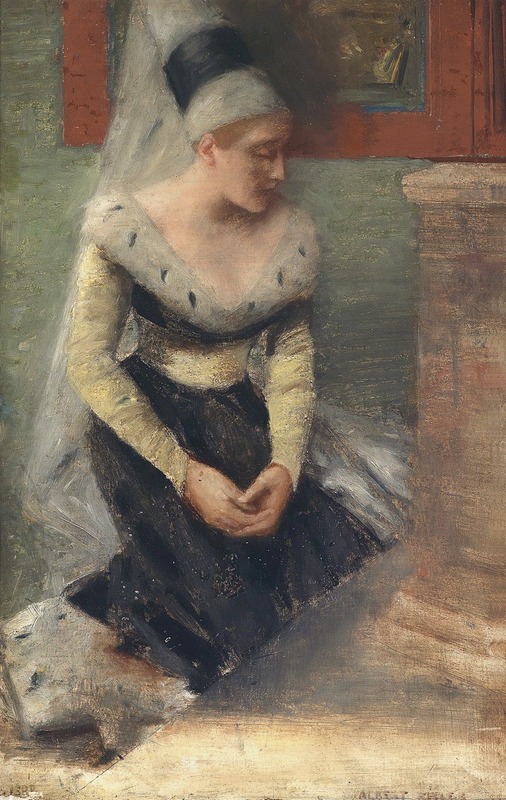
Burgfräulein
A hand-painted replica of Albert von Keller’s masterpiece Burgfräulein, meticulously crafted by professional artists to capture the true essence of the original. Each piece is created with museum-quality canvas and rare mineral pigments, carefully painted by experienced artists with delicate brushstrokes and rich, layered colors to perfectly recreate the texture of the original artwork. Unlike machine-printed reproductions, this hand-painted version brings the painting to life, infused with the artist’s emotions and skill in every stroke. Whether for personal collection or home decoration, it instantly elevates the artistic atmosphere of any space.
Albert von Keller was a notable German painter born on April 27, 1844, in Gais, Switzerland, and he passed away on July 14, 1920, in Munich, Germany. He was known for his contributions to the Munich School, a group of artists in the late 19th and early 20th centuries who were recognized for their academic style and often dramatic, realistic portrayals. Keller's works frequently explored themes of mysticism, the supernatural, and the psychological depth of his subjects.
One of Keller's intriguing works is "Burgfräulein," a painting that exemplifies his interest in capturing the essence of his subjects with a blend of realism and a touch of the ethereal. The title "Burgfräulein" translates to "Castle Maiden" in English, suggesting a focus on a young woman of noble birth, possibly set against the backdrop of a castle or similar setting. This theme aligns with Keller's fascination with historical and mythical subjects, often portraying women in roles that highlight their grace, mystery, and inner strength.
Keller's technique is characterized by meticulous attention to detail and a rich, vibrant palette. In "Burgfräulein," he likely employed these techniques to bring the subject to life, capturing the textures of fabrics, the play of light and shadow, and the subtle expressions that convey the maiden's personality and mood. His ability to infuse his paintings with a sense of narrative and emotion is a hallmark of his style, engaging viewers and inviting them to ponder the stories behind his subjects.
The Munich School, to which Keller belonged, was known for its commitment to traditional techniques and its resistance to the more radical changes that were occurring in the art world during the late 19th century, such as Impressionism and Modernism. Keller, however, managed to carve out a niche for himself by blending these traditional techniques with his unique thematic interests, creating works that were both technically accomplished and thematically compelling.
"Burgfräulein" fits within this context as a work that likely reflects both Keller's technical skill and his thematic interests. While specific details about the painting's composition and the identity of the subject may not be widely documented, it can be inferred that Keller's approach would have been consistent with his other works, focusing on the interplay between realism and the evocative power of his chosen themes.
Albert von Keller's legacy is marked by his ability to capture the imagination of his audience through paintings that are both visually striking and rich in narrative potential. "Burgfräulein," like many of his works, serves as a testament to his skill as a painter and his interest in exploring the depths of human emotion and the allure of historical and mythical narratives.





